Sniping in war and videogames: Why it's hated, why it's loved, and why we do it
Sergio Leone, Steven Spielberg, the USSR, and our love of ballistic accuracy
Fifty years after Battle of Spotsylvania, World War I birthed the modern sniper %26ndash; though he had a lot of growing up to do. The first British sharpshooter unit was established earlier, during the Second Boer War, but it wasn%26rsquo;t until WWI that British snipers were equipped with scopes. The Germans, however, were already privy to the art of telescopic marksmanship.
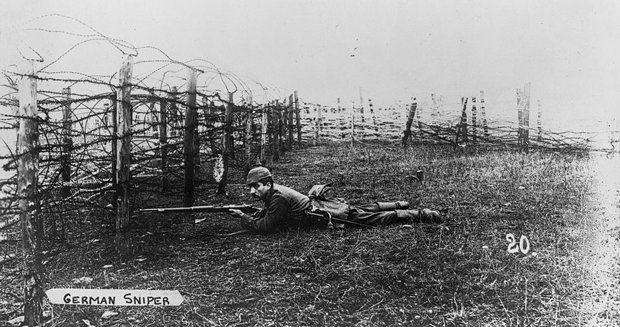
Above: A prone Germanshooter sometime between 1914 and 1918 (Library of Congress)
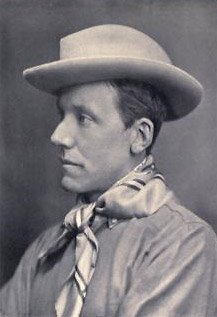
Trench life for the Allieswas cruel on its own, but the accuracy of the German sniper made it crueler.Through their loopholes (a term which historically refers to a castle%26rsquo;s arrow slits), they terrorized Allied soldiers, expertly demoralizing their enemies. In his landmark 1920 manual, Sniping in France, Major H. Hesketh-Prichard (right)recounted:
"%26hellip;it is not only by the casualties that one can judge the value of sniping. If your trench is dominated by enemy snipers, life in it is really a very hard thing, and moral must inevitably suffer. In many parts of the line all through France and Belgium the enemy, who were organized at a much earlier period than we, certainly did dominate us. Each regiment and most soldiers who have been to France will remember some particular spot where they will say the German sniping was more deadly than elsewhere, but the truth of the matter is that in the middle of 1915 we were undergoing almost everywhere a severe gruelling, to say the least of it."
Hesketh-Prichard was a sniping pioneer. When he received permission to begin officially training snipers in 1915, he pulled from his experience hunting big game to train Allied snipers who could rival the Germans, as opposed to foolishly shooting with misaligned scopes as they had been. During this time, Hesketh-Prichard laid out (but wasn%26rsquo;t necessarily the first to) many of the sniping strategies used today, including methods of concealment, reconnaissance, and the two-man shooter/spotter team.
World War II, Vassily Zaitsev, and Medal of Honor
24 years after Hesketh-Prichard created his sniping school, World War II began, but sniper training was still in its infancy, and had been largely dropped in the interim between wars %26ndash; I told you, snipers weren%26rsquo;t popular. Inexperienced American sharpshooters were especially outmatched by the already-tested German snipers.
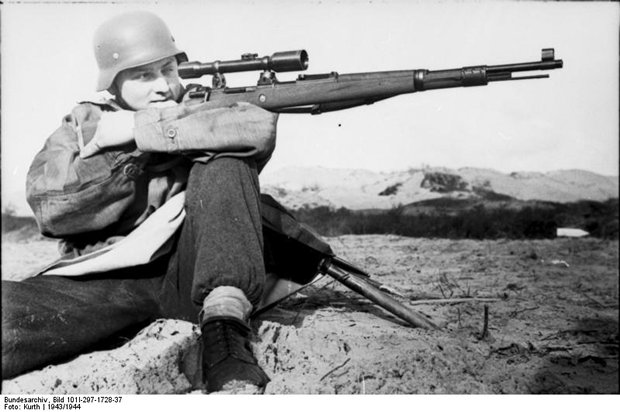
Above: A German sniper in 1943 (Deutsches Bundesarchiv)
Weekly digests, tales from the communities you love, and more

Above: A 1942 American photograph illustrating the necessity for camouflage (Library of Congress)
But despite its head-start in World War I, Germanydidn't have the best trained snipers%26ndash; Russia did, and when Germany felt the wrath of the Soviet sniper during the Battle of Stalingrad, it stepped up its sniping program significantly.
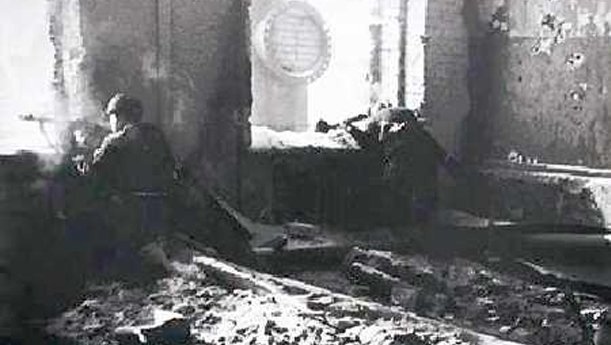
Above: Russian soldiers shooting from the windows of a destroyed building (Georgii Anatolyevian Zelma)
WWII solidified the techniques and roles of the sniper, and in the process, galvanized the heroic sniper archetype, as with Finland%26rsquo;s White Death, and The Battle of Stalingrad%26rsquo;s Vassily Zaitsev, whose life was later fictionalized in the novel War of the Rats, and the subsequent film, Enemy at the Gates. But before Jude Law was dueling a German sniper (that may not have actually happened, by the way), the Soviets made Zaitsev famous with morale-boosting propaganda. Sniping works both ways %26ndash; it demoralizes enemies and invigorates allies.

Above: Jude Lawas Vassily Zaitsev in Enemy at the Gates
The same is true, of course, in games. Nothing satisfies in quite the same way as a perfectly executed long-range execution %26ndash; even if it%26rsquo;s a teammate%26rsquo;s shot I%26rsquo;ve witnessed. But very little frustrates as much as being dominated by an opposing sniper.
When WWII became the theater of choice for FPS franchises, games like Medal of Honor: Allied Assault and Battlefield 1942 offered better-looking, full games (as opposed to mods like Day of Defeat) with which to play out my sniping fantasies.
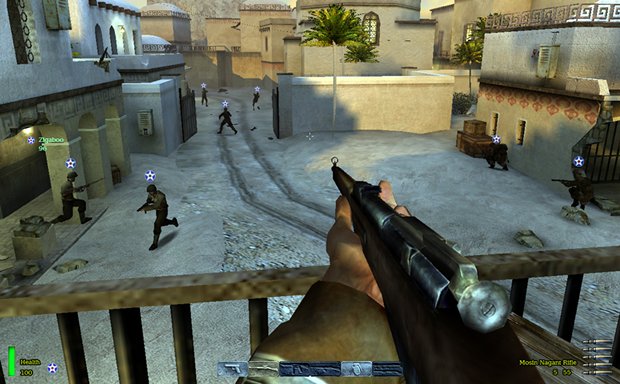
Above: My favorite Medal of Honor: Allied Assault map! (Giant Bomb)
I actually preferred MOHAA%26rsquo;s M1 Garand and Mosin%26ndash;Nagant, since I most often encountered enemies at close range, and loved the thrill of a perfect sans-scope shot(and I always turned the crosshairs off, of course). Even if I didn%26rsquo;t win a match, a few well-placed long-distance shots was enough imaginary Zaitseving to make me happy. Why is that, anyway?



